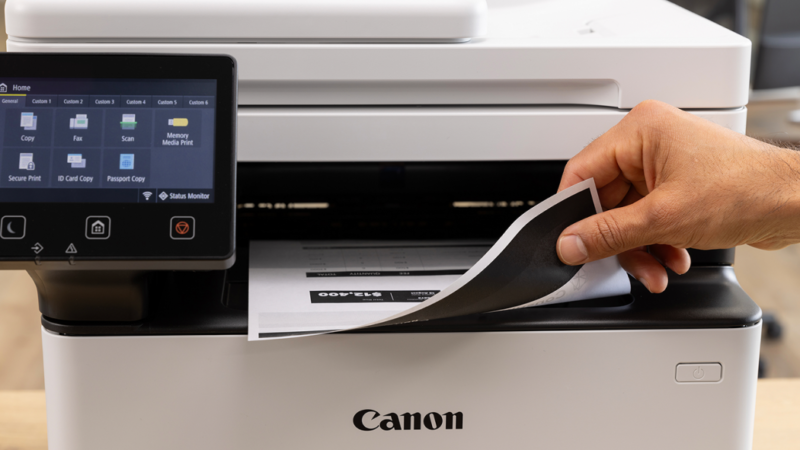Technology in the handmade world of jewelry

Luxury discovers the benefits of the latest laser, modeling and printing techniques
The Mlab , recently exhibited at a jewelry fair organized in Las Vegas, brings us closer to modern alchemy. The machine fires a highly precise laser onto a plate of atomized metal powder and, over 24 hours, creates a selection of gold rings in a 3D printing modality known as additive manufacturing.
Unlike traditional subtractive methods for cutting and drilling metal, the $289,000 machine superimposes multiple layers of powdered metal where a laser beam fuses a traced cross-section to the desired shape and fabricates the object accordingly. with the instructions imported into a computer aided design, or CAD file.
First used by the medical, dental and aerospace industries to make prosthetic limbs and aircraft doors, this technology has recently made its way into the world of jewelery through companies in Italy, Germany and Britain, including the maker of Mlab, Concept Laser, a division of the Hofmann Innovation group from Lichtenfels, Germany. “Until now, people created things that could be taken out of a rubber mould,” explained Frank Cooper, technical director of the jewelery innovation center at Birmingham City University in Britain. “This technology allows us to ignore all those rules.”
Laser-casting machines allow designers to create complex shapes “that they couldn’t otherwise achieve,” says Eddie Bell, director of Rio Grande , an Albuquerque, New Mexico, maker of jewelry supplies and tools.
According to its supporters, the process avoids two common pitfalls of conventional jewelry casting methods: virtually nothing is wasted, and the finished pieces are free of porosity. It also makes customization easy, they say: a unique work can be created literally overnight.
The advent of 3D printing is the latest in a technological revolution that began about a decade ago, when the first jewelry-specific CAD programs appeared. “In 2001 we introduced Matrix, one of the most popular CAD programs for jewelers, and people weren’t knocking on our door,” recalls Jeff High, founder of Gemvision , a Davenport, Iowa company specializing in computer-aided design. and in the manufacture of products for jewelers. “Over time, the technology improved, and by 2006 we began to see a significant influence on the market,” he adds.
In 2009, when the economic crisis stranded millions of dollars in unwanted inventory at jewelry displays across the United States, the ability to design pieces to order gave jewelers with CAD skills a competitive advantage. Instead of spending their money on expensive merchandise—made even more expensive by the rising price of gold—many retailers began displaying prototypes made of cheap base metals that could be customized using CAD and that sellers could make from precious materials.
“The jeweler doesn’t have to pay for the material, and the manufacturer doesn’t have to make the jewelry unless they have a commission,” says Peggy Jo Donahue, director of public relations for Manufacturing Jewelers and Suppliers of America. “Nobody wants to guess what people want, and now they don’t have to.”
Bold, young design firms like Somerville, Mass.-based Nervous System or Houston-based Kraftwürx are already harnessing the power of 3D printing to deliver mass customization online.
On its pages, customers can create their own 3D printed jewelry in materials such as black nylon, acrylic and sterling silver. However, most luxury jewelers prefer to talk about old world craftsmanship.
“Let’s look at JAR,” says Rahul Kadakia, Christie’s jewelry department director for North and South America, referring to Joel Arthur Rosenthal , considered by many to be the greatest living jeweler. “Everything is still done by hand because there is the prestige, the romance and the enigma of knowing that someone has spent one, two or six months working on a piece, and that’s how it has been all their lives.”
According to Dior executives, technology only comes into play when “the hand of man can fail”, citing some gold lace work from the new Dear Dior collection. “It’s so fine that in some cases we’ve been forced to use an extremely precise laser.”






